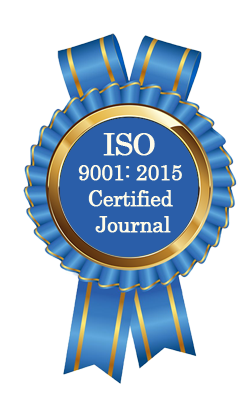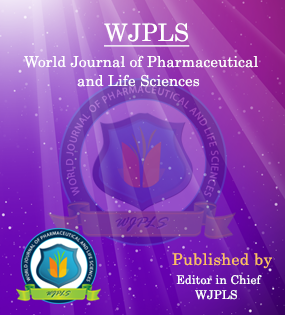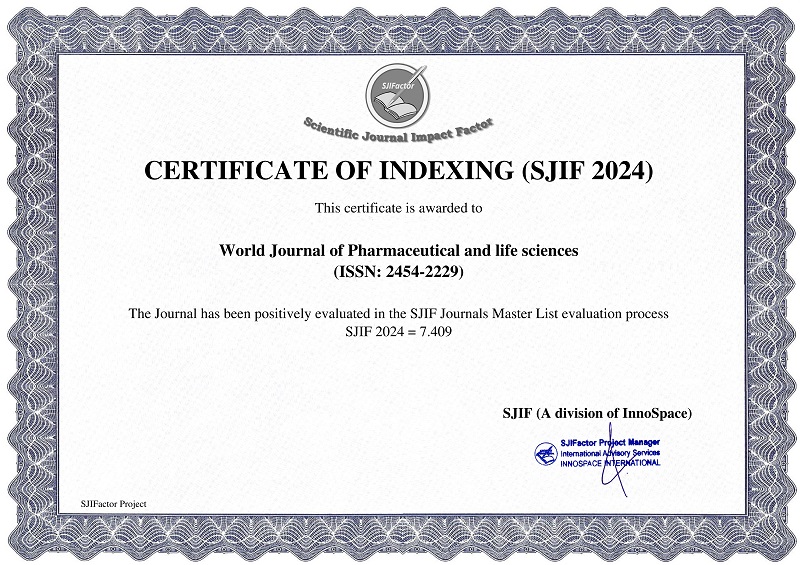Abstract
GULMA- A REVIEW
*Dr. S. Swaminathan BAMS Ph.D, Ashvitha S. P. and Sivaram A.
ABSTRACT
The basis or the main constitution of our body is made of tridoshas or the three fundamentals which ayurveda mentions in and out in all of their classical texts. Ayurveda explains three humors which perform all the physiological functions of our body, which includes- vata, pitta and kapha. Here ‘vata’ can be described as the self-generating and self-propagating force which is responsible for the conduct, regulation and integration of all vital functions of our body. Pitta is set to resemble fire as its functions mimic the same burning, digestion and transformation. Kapha on the other hand, represents the source of strength that resists disease and decay. Gulma is defined as a lump between cardiac region and pelvic region. Vitiated vata is an invariable causative factor for all types of gulma and there are other factors which affect the body along with the vata dosha. The disease cannot occur without the involvement of vata. The term gulma literally means ‘a bush-an assemblage of creepers in a compact form’ similar to which vayu remains in a compact form and appears as a solid lump in the disease. Gulma is a characterized by pain and the specific nature of pain serves as the main diagnostic factor. This conceptual study is based on review of all Samhithas (classical literature), research work and modern literature. A possible correlation on the causes of gulma according to modern lifestyle is also done. The main purpose of the study is to critically study and to analyse the disease gulma and to connect the cause of the disease to modern medical strings.
[Full Text Article] [Download Certificate]WJPLS CITATION 
| All | Since 2020 | |
| Citation | 590 | 424 |
| h-index | 12 | 10 |
| i10-index | 17 | 14 |
INDEXING
NEWS & UPDATION
BEST ARTICLE AWARDS
World Journal of Pharmaceutical and life sciences is giving Best Article Award in every Issue for Best Article and Issue Certificate of Appreciation to the Authors to promote research activity of scholar.
Best Article of current issue
Download Article : Click here





